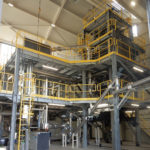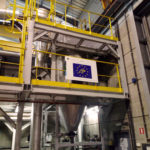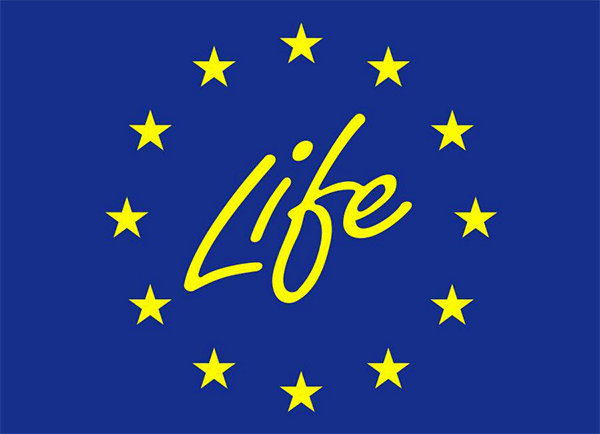
LIFE OxyUp project

Carbon footprint reduction
The expected outcome of the Life OxyUp program is the validation of an innovative, environmentally friendly energy supply system for energy-intensive industries, including glass manufacturing and the bricks and tiles sector. Replacing fossil fuels with renewable sources of energy would help reduce carbon footprint of the industry sector.
We can calculate the savings in terms of CO2 emissions reduction per gasifier per year and the tons of oil equivalent (Toe):
*1Toe = 11.63MWh = 2.30TCO2 (Source: IEA)
Targeted energy production
12.6 GWh
Tons of oil equivalent
1085 Toe
Tons of CO2 savings
2495 TCO2
The industry-wide savings potential by substituting fossil fuels with renewable syngas:
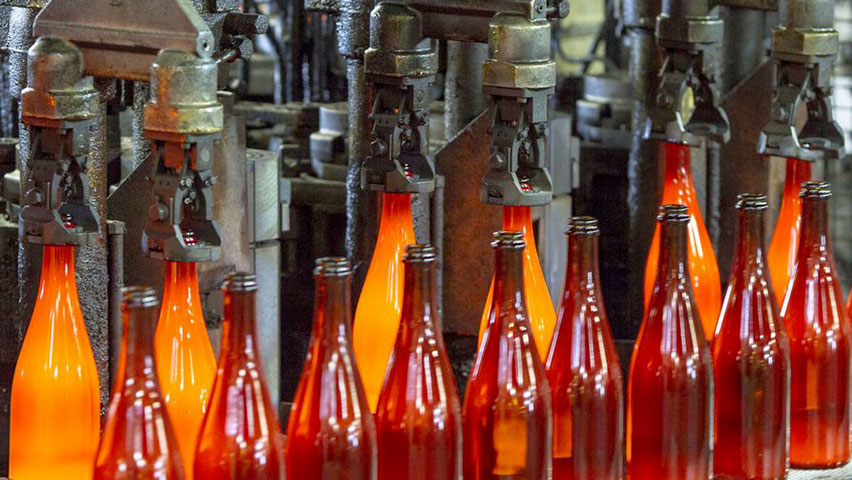
European glass packaging industry
The manufacturing of glass bottles and jars totals 170 kilns in Europe, producing 22.4 million tons of glass annually (EU ETS GHG, 2007). The consumption of natural gas or other fossil fuels in the sector represents 58.6TWh/year (5.4 MToe).
Substituting 50% of fossil fuels used in the glass industry with renewable gas would reduce annual CO2 emissions by 5.8 million tons.
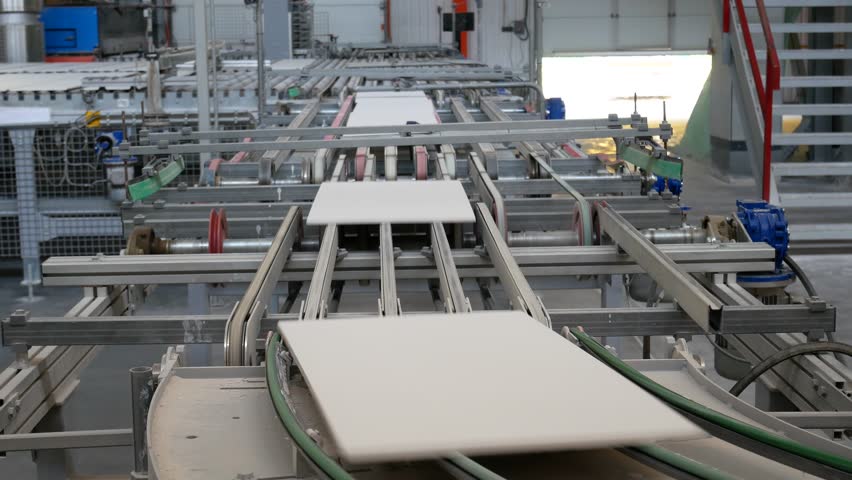
European ceramic products industry
The sector is composed of more than 1000 sites in Europe (Ceramics BREF 2007), producing 90 million tons of CO2 annually. The consumption of annual gas or propane to dry and cook the products reaches 94.4TWh/year (8.12Mtoe).
Substituting 70% of fossil fuels used in the ceramic industry with renewable gas would reduce annual CO2 emissions by 13.1 million tons.
Valorisation of difficult biomass and waste
Today, difficult biomass and wastes are mainly disposed of or incinerated with a low efficiency rate. Valorising those wastes through small-scale gasification would help solve waste management, producing energy with a high efficiency rate.
Another key goal is the production of energy from difficult biomass and waste , which today are mainly disposed of or incinerated with low-efficiency rates. Small-scale biomass gasification is highly efficient to valorise those waste.
Recycled solid biomass
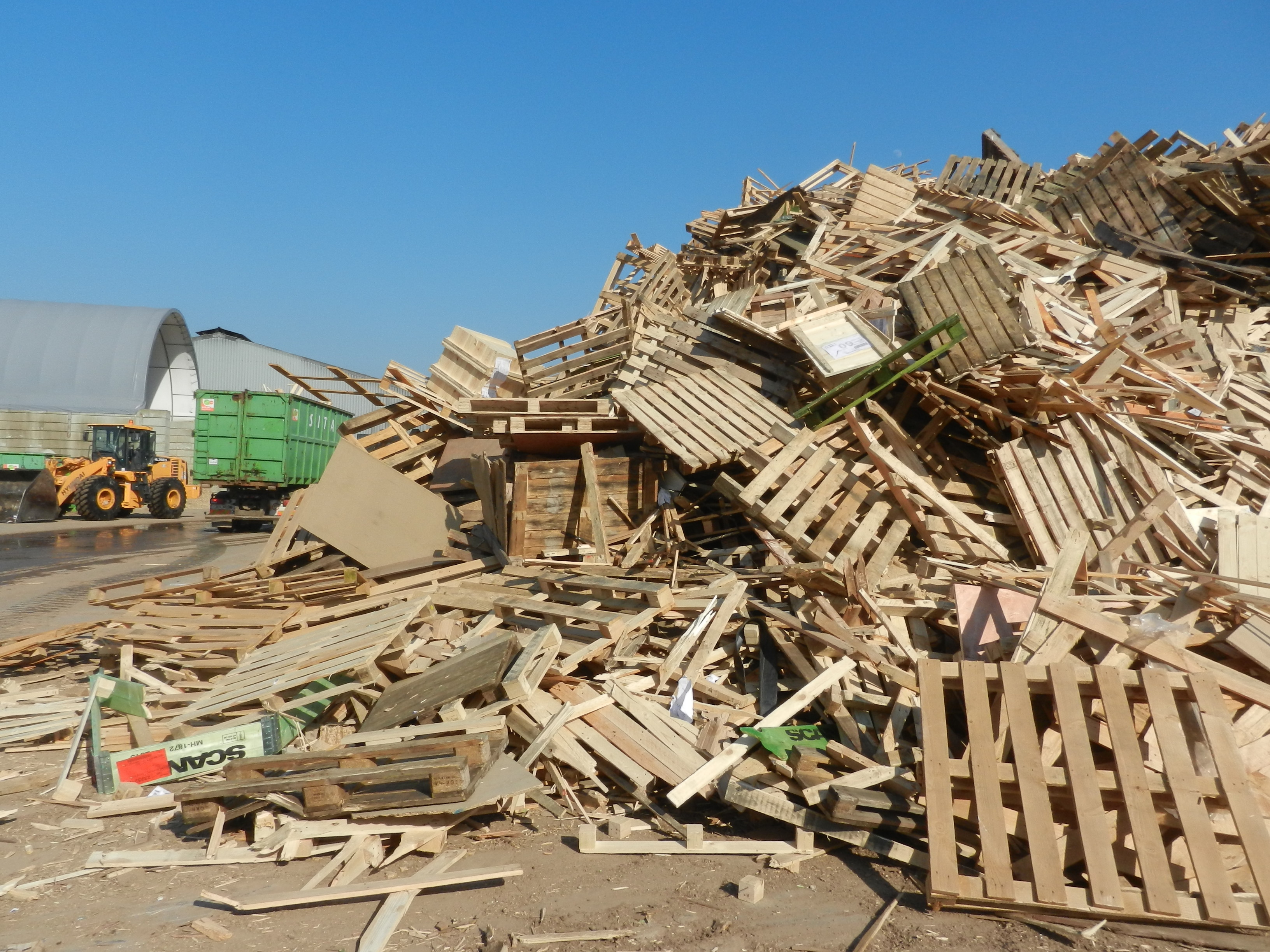
Criteria (on a dry basis)
| LHV | 16GJ/T |
| Efficiency | 75% |
Estimated quantity
| NOTAR® 1.8 Mw | 12.6GW * 3 600GJ/GWh ÷ 16 GJ/T ÷ 0,75 = 3 780 T |
| FLEXI 900 prototype | 6.3GW * 3 600GJ/GWh ÷ 16 GJ/T ÷ 0,75 = 1 890 T |
Sewage sludge

Criteria (on a dry basis)
| LHV | 14GJ/T |
| Efficiency | 70% |
Estimated quantity
| FLEXI 900 prototype | 6.3GW * 3 600GJ/GWh ÷ 14 GJ/T ÷ 0,70 = 2 315 T |
Positive impact
Carbon footprint reduction
Recycled solid biomass energy recovery through gasification has much better results in terms of performance and emissions than conventional incineration solution. By using solid biomass such as recycled wood, the NOTAR® technology generates 90% less CO2 emissions than fossil energy production.
Waste management
Recycled biomass comes from the accumulation of public wastes and industrial by-products. Treating those wastes through incineration or landfills is expensive and not polluting. Gasification offers a sustainable solution to waste management by transforming them into renewable energy.
Circular economy
Middle-scale gasification units use locally-available biomass to produce clean gas and generate renewable energy for local use. Therefore, recycled biomass gasification is fully in keeping with a local and circular economy.
Positive impact
Carbon footprint reduction
Sludge energy recovery through gasification has much better results than conventional sludge incineration. The total potential of sludge treatment through gasification is evaluated at 4.5Mtons/year on a dry basis (Source: EU 27), the equivalent of the total sludge disposed of in landfills or incinerated today.
Water access
The implementation of gasification in an adapted sewage treatment capacity would ensure appropriate self-sufficiency of the site in terms of heat and electricity, leading to a “zero energy” station concept. The local treatment route would reduce the treatment cost, which impacts the heavy water cost.
Carbon footprint reduction
Gasification eliminates the health risks of sludges for agricultural use. Contaminants will be minimized by the process and only clean by-products (clean condensates and biochar) will result from the gasification.
Contribution to European Environmental policy
-
Substitution of fossil sources of energy
-
Reduction of Green House Gases (GHG) emissions
- Biomass valorisation and waste recovery
The project of Xylowatt is directly in line with the European Strategy for 2020

Acting for climate change
-
The 2020 climate and energy package (20-20-20 targets): via the 2009/28/EC directive on the promotion of using energy from renewable sources
-
COM (2006) 136 final: reduced levels of pollution and a more rational use of natural resources
-
Directive 2006/32/CE: energy end-use efficiency and energy services
-
Treaty of Lisbon (COM (2005) 474 Final)
-
Participation in the implementation of the EU Policy in the glass and ceramics industries
Let’s talk about it!


